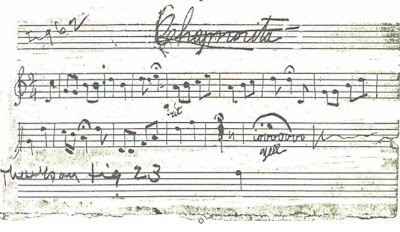Tan Ding Gould

Each month Independent Guåhan honors a Maga'taotao or an elite, pioneering or noble person, who has fought hard in some way for the rights of the Chamorro people, especially in terms of self-determination. This month we are honoring the late Clotilde "Ding" Castro Gould who was a war-survivor, an educator, author, song-writer and a master story-teller. She is best known for her creation of the Chamorro language comic strip Juan Malimanga, which appears in the Pacific Daily News six times a week and her role in helping develop the bilingual and bicultural education program in Guam’s public school system. Tan Gould was also a member of PARA (People's Alliance for Responsible Alternatives) and OPI-R (Organization of People for Indigenous Rights), and as a political activist fought hard for the right to self-determination of the Chamorro people. Para Guahu, there is an extra dimension to this honor, as I, through my work in the Chamorro Studies Program



